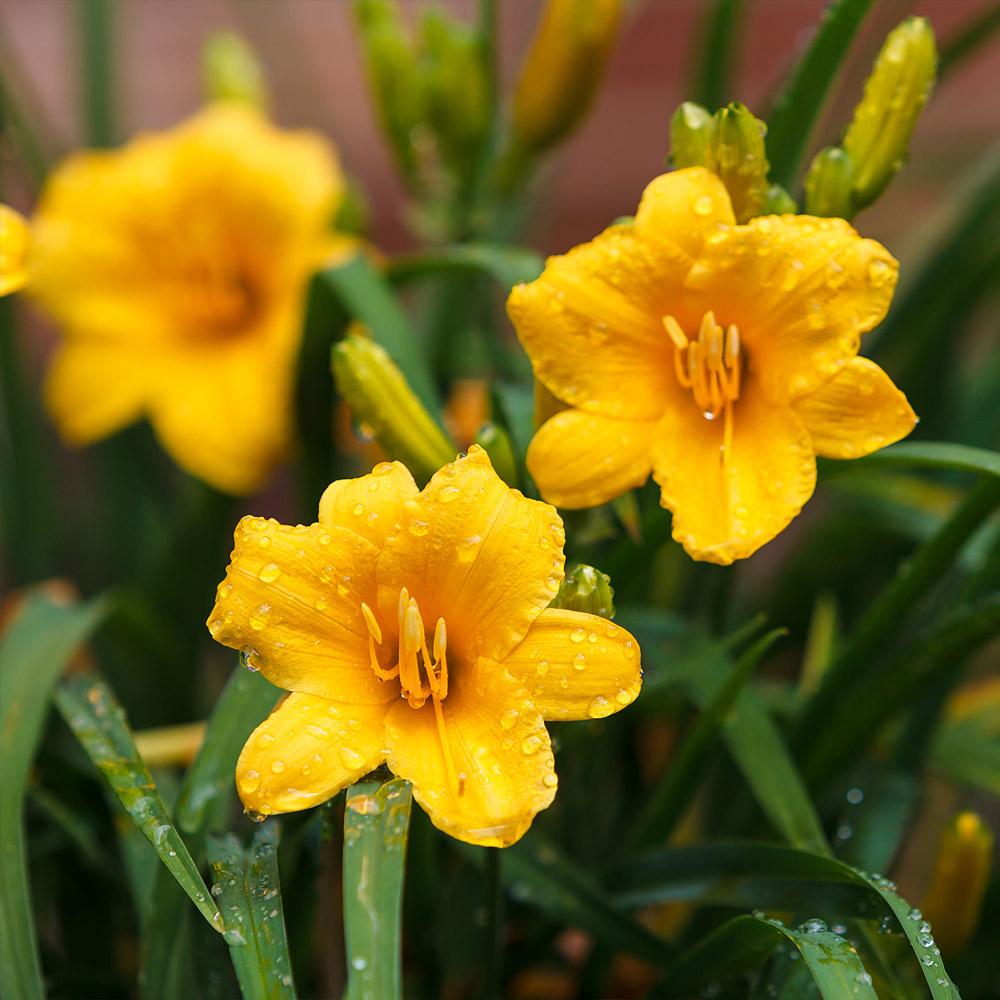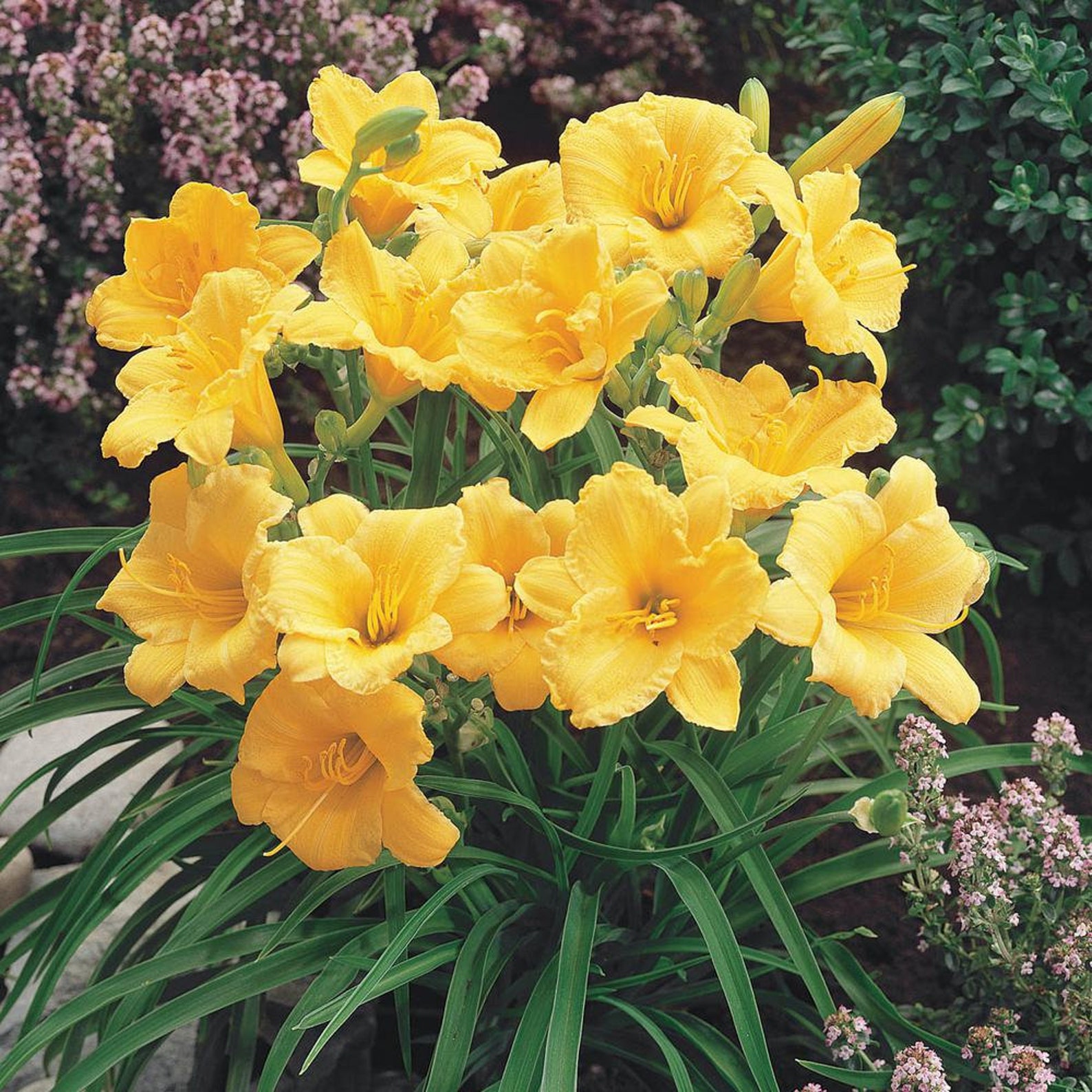

How do you divide your Stella de Oro daylilies? This really reduces the amount of stress on the fresh plants. Other benefits to dividing in late winter- early spring are the temperatures are cool and there’s generally plenty of moisture in the ground. There’s no excessive foliage to contend with. The reason we wait until they are “waking up” is that it allows us to see the individual plants within the existing clump.

This may vary from climate to climate or even season to season. Basically whenever they start “waking up”. We find the best time for dividing daylilies is very late winter or early spring.

When is the best time to divide daylilies? Stella de Oro is an incredible performer, it’s a small grower and flowers repeatedly throughout the growing season. In this article and accompanying slide show it will be the variety we are dividing. Our most popular variety is Stella de Oro. Every year in our nursery we divide our left over (from the previous season) plants to produce hundreds of new plants. They can also be grown by seed but it takes much longer. (Jablonski 1975.Dividing daylilies is by far the easiest and quickest way to propagate new plants. This multiple AHS award winner has become perhaps the most popular daylily in cultivation in large part because of its compact size, vigorous growth, profuse bloom and extremely long bloom period. Flowers are borne on naked stems (scapes) above a clump of arching, linear, blade-like leaves. 'Stella de Oro' features profuse 2.75-inch diameter yellow flowers with ruffled edges and deeper yellow throats. Genus name comes from the Greek words hemera meaning day and kallos meaning beauty as each flower lasts but one day. Plant foliage usually dies in fall, but is sometimes semi-evergreen or evergreen. Cultivars may grow from 1-6’ tall, but most mature to about 3-4’. Each plant features basal, linear, grass-like to sword-shaped foliage. Flowers bloom on naked scapes from spring to late summer. Flowers now come in almost every imaginable color except blue, often sporting such features as contrasting eyes or mid-rib stripes or a sprinkling of diamond, ruby or gold dust. Each flower has six spreading, recurved or sometimes nearly erect perianth segments, six stamens and a long slender style ending in a small stigma. Flowers are typically funnel-shaped to bell-shaped, often coming in a variety of different forms, including single, double, polypetalous, spider or unusual (includes crispate, cascading and spatulate). Flowers are produced in succession in such quantity that the plants remain in flower over a long period of time. Each flower typically remains open for one (but sometime two) days, hence the common name of daylily. More than 60,000 cultivars have now been registered by the American Hemerocallis Society with the numbers continuing to climb. Hybridizers have expended considerable effort over the years creating new daylilies featuring flowers with new colors, color combinations, shapes and patterns. Few straight species plants are now found in gardens. Daylilies sold in commerce today are almost entirely hybrids. Most plants are fibrous rooted, but some are tuberous rooted.

These plants are native to Asia and central Europe. Hemerocallis is a genus of about 15 species of herbaceous perennials commonly known as daylilies.


 0 kommentar(er)
0 kommentar(er)
